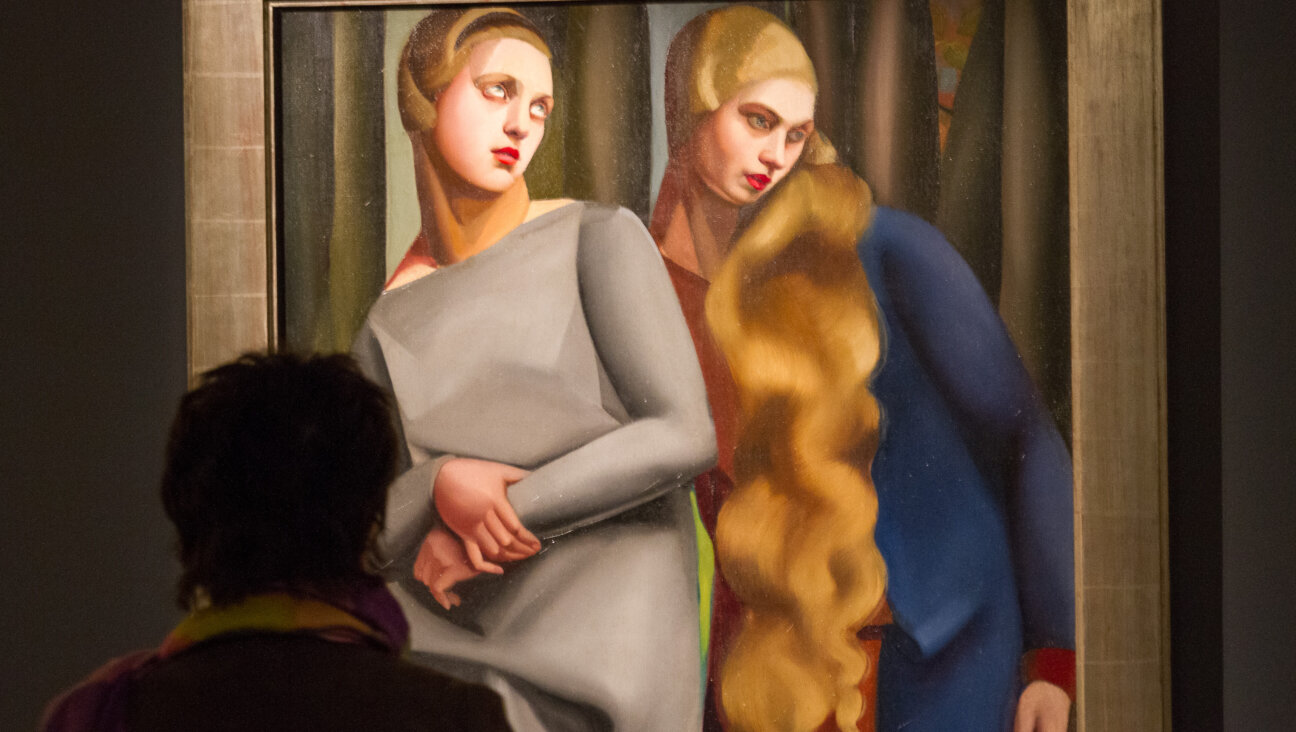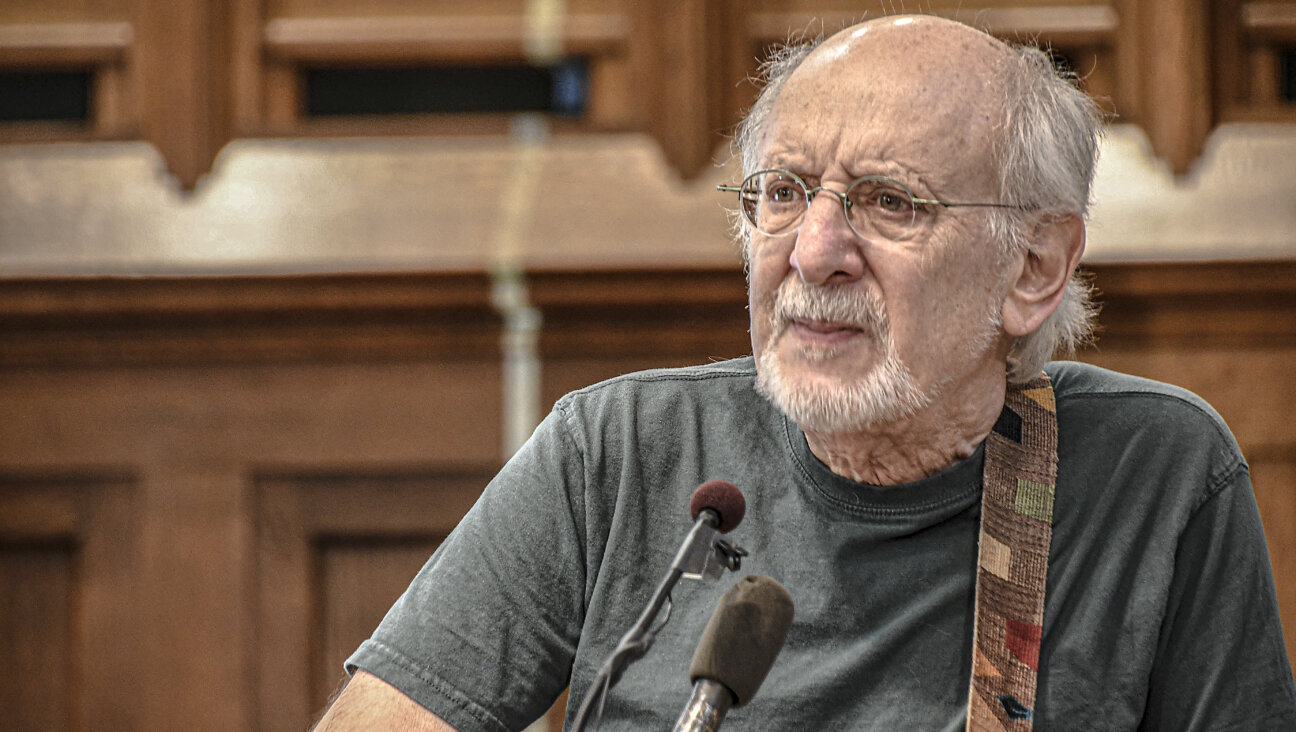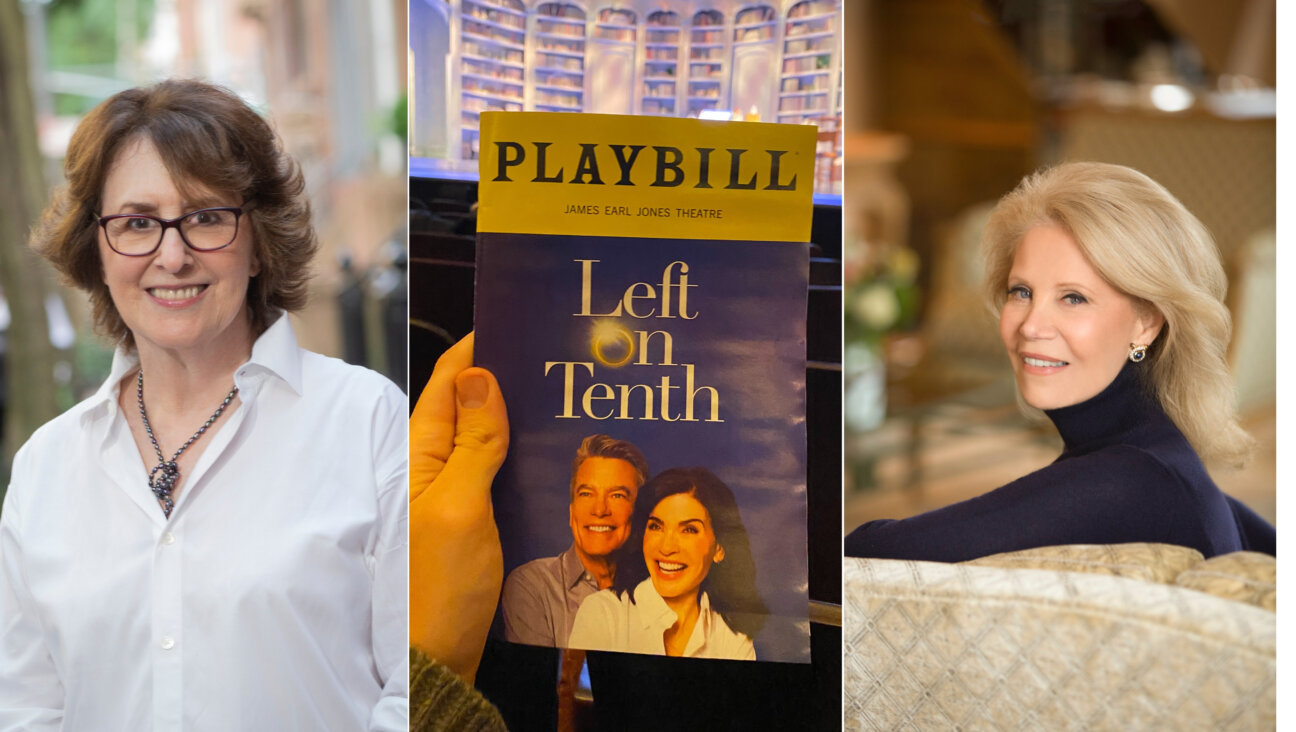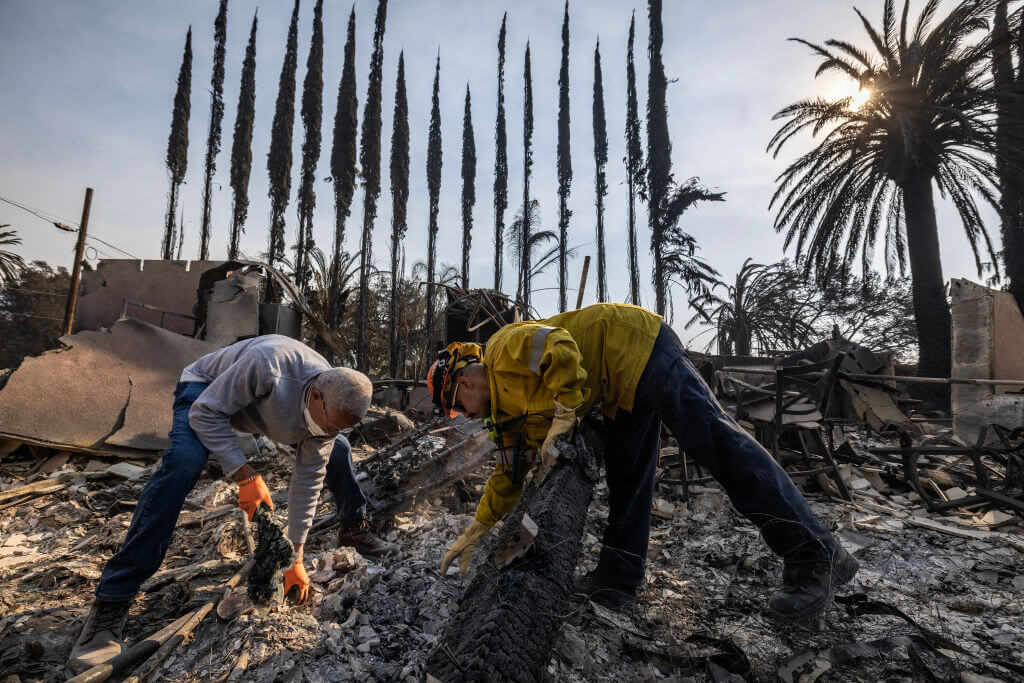Dream Home in Greenwich Village

Image by Thea Glassman
Faye Ginsburg, 62, is a professor of anthropology at New York University in lower Manhattan. She is also the director of the Center for Media, Culture and History, co-director of the Council for the Study of Disability and president of the .
Her husband, Fred Myers, 66, is also a professor of anthropology at NYU. Their daughter, Samantha Myers, 26, is working at the Lower Eastside Girls Club and has familial dysautonomia, a Jewish genetic disorder that effects the sensory and autonomic nervous systems. The family rents an apartment in Greenwich Village provided by NYU to its faculty.
FORWARD: Who takes out the garbage?
FAYE: Love this question! Fred or I do. Sam can’t manage this due to FD issues.
How are other household chores divided among you?
FAYE: Cooking is mostly me; shopping, laundry and cleaning is done by both Fred and I, plus we have help once a week. Samantha and I organize her health aides and schedule. And Sam’s daily medical regime is divided between Sam, Fred and I. We also have a health support person during the day.
Who makes breakfast?
FAYE: Fred and I each make our own, because we get up at different times. One of us makes Sam’s breakfast when she wakes up, around 8.
Describe your typical week.
FAYE: Fred and I leave the apartment Monday through Friday around 8:30 a.m., after Samantha’s health aide has arrived. We teach, advise students, run events, write and do research for our jobs at the university. We each have events in the evening that we run, about 20 a year. We are often meeting or entertaining foreign visitors, often indigenous visitors, especially from Australia, where we both do research with indigenous artists, activists and media makers. I run a board meeting for the FD Foundation once a month and carry out work for that foundation. Every evening when we are home, we call our very elderly parents, who are in their mid-90s, check in on siblings and consult on elder care, hang out with Sam, make dinner and read. On the weekends, Fred drives to and from Southern New Jersey on Saturday or Sunday to see his very elderly parents, who have Alzheimer’s and dementia. We both travel a lot for work.
Sam works as a receptionist at the Lower Eastside Girls Club four afternoons a week. She also takes sign language lessons, guitar lessons, and participates in Daniel’s Music Foundation once a week, and has physical therapy once a week. She socializes with friends, and organizes a “Sam’s Club” social event about once a month. On a daily basis she exercises, and does respiratory therapy two times a day. Sam has been a longtime advocate and public speaker for those with familial dysautonomia since the age of 10, when she was on Nick News with Linda Ellerbee. As a result of Make-A-Wish, she became a Make-A-Wish ambassador for a year. She has spoken at Limmud conferences, FD events and with the photographer Rick Guidotti.
What’s the most unusual thing we’d see on your household budget?
FAYE: Expenses for health support people for Sam, as she needs someone with her at all times because of the familial dysautonomia, although she is pretty independent in many ways.
What do you love most about the space you live in?
FAYE: Location! Five minutes from work at NYU, near beautiful Washington Square Park, wonderful neighbors and friends close by, fantastic neighborhood.
Who was the first to get up when your child would start crying?
FAYE: We really share that task equally, unless one of us is traveling. Sam is 26, so the main issue is if she needs assistance in the night — she is on medical equipment — or if she starts to have an “FD crisis,” which can be very difficult to manage.
What would you serve at your ideal Sunday brunch?
FAYE: We’re not big on brunch, but probably bagels and lox. When time permits, we like to go out as a family to a local restaurant. The current favorite is Favela Cubana, on LaGuardia Place.
Who’s your favorite Jewish comedian?
FAYE AND SAM: Fran Drescher.
Which room in your home is your favorite?
FAYE: We love our living room. It’s filled with beautiful paintings by the indigenous Australian artists who Fred has worked with since the 1970s, people who came in from the bush in that era and began to translate their amazing artistic traditions, usually drawn on sand and body, to two-dimensional canvases, images based on their cosmological system.

Image by Thea Glassman
What is your favorite piece of art or photograph in your home?
FAYE: Along with the aboriginal art, I have a photograph of early twilight in Maine — where we go every summer — that I love, along with some wonderful photos of my parents as children, a photo of Sam and me in Maine, and a self-portrait/painting by my nephew, the artist Joshua Meyer.
Sam would probably say a beautiful painting given to her for her bat mitzvah by our friend Elena Climent, a wonderful Mexican painter who also lives in New York City, or a beautiful girls banana leaf skirt from the Trobriand Islands, given to her by her first godmother, the late anthropologist Annette Weiner. Fred would undoubtedly say one of the aboriginal paintings. He loves them all.
What is your happiest or saddest memory in your home?
FAYE: Hard to choose! Bringing Sam home from the hospital, happy; realizing something was seriously wrong at 2 weeks and moving into the vortex of finding out what it was, sad; and getting her diagnosis when she was 6 months, mixed blessing,
Describe your home life in three words.
FAYE: Happy, busy, fun.
If you could change one thing about where you live, what would it be?
FAYE:To be able to own it! And add a balcony!
If you could change one thing about your Jewish practice, what would it be?
FAYE: Make more time to fully enjoy holidays.
Is there an active Jewish community near you? If not, how do you create your own?
FAYE: Yes. We are members of the Village Temple. I am on the board of the Bronfman Center for Jewish [Student] Life at NYU, and frequently program events related to Jewish life through the center. For example, last year I did a program on the new ultra-Orthodox filmmaking movement.
What’s one thing you do that defines your Jewish identity?
FAYE: I am also active through my work, as president of the FD Foundation, in getting the word out on Jewish genetic disease, providing testing for young adults in college and, more recently, in addressing the lack of attention to disability in the Jewish community, part of a book I am writing on disability and the new normal.
Does being Jewish distinguish you from others around you? If so, how?
FAYE: I grew up in a strongly identified secular Jewish home. We sang labor songs in Yiddish at my Sunday school! The arrival of Samantha and Jewish genetic disease into our lives has been a huge reorientation and a very significant commitment of time and energy both for her and in making sure that the Jewish community has a well-run treatment center at NYU, awareness of the disease, and that world-class research is directed to ameliorating its effects as a degenerative disease. It is a recessive disorder that runs in Ashkenazi families.
What one moment stands out in your mind when you felt most connected to Judaism?
FAYE: A visit to Yad Vashem, getting Samantha’s diagnosis and Samantha’s bat mitzvah.
A message from our Publisher & CEO Rachel Fishman Feddersen

I hope you appreciated this article. Before you go, I’d like to ask you to please support the Forward’s award-winning, nonprofit journalism so that we can be prepared for whatever news 2025 brings.
At a time when other newsrooms are closing or cutting back, the Forward has removed its paywall and invested additional resources to report on the ground from Israel and around the U.S. on the impact of the war, rising antisemitism and polarized discourse.
Readers like you make it all possible. Support our work by becoming a Forward Member and connect with our journalism and your community.
— Rachel Fishman Feddersen, Publisher and CEO























